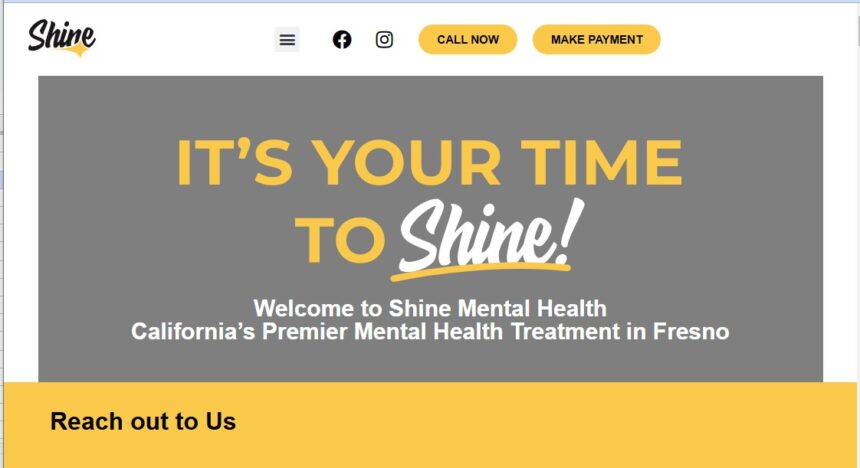Animal assisted therapy has become a growing force in the field of mental health treatment, offering individuals a non-judgmental, comforting presence when they need it most. Whether it’s the calming effect of stroking a cat, the unwavering loyalty of a therapy dog, or the therapeutic bond with a horse, animals have a profound impact on human emotions, behaviour, and healing.

What is Animal Assisted Therapy?
Animal assisted therapy (AAT) is a structured form of therapy that incorporates animals into a person’s therapeutic treatment plan. It differs from casual interactions with pets or emotional support animals because it’s goal-directed and facilitated by mental health professionals.
Commonly used therapy animals include:
- Dogs
- Horses (Equine-assisted therapy)
- Cats
- Rabbits
- Birds
- Even dolphins in some specialised programs
These animals are carefully selected and trained to work alongside therapists, helping individuals cope with trauma, anxiety, depression, PTSD, substance use disorders, and more.
Why Animal Assisted Therapy Works
Animals have an uncanny ability to connect with people. Their presence alone can lower stress levels, release oxytocin (the “bonding” hormone), and create a sense of calm. Here’s why it works:
1. Nonverbal Connection
Animals communicate without words, which can be especially comforting for individuals who struggle to express themselves verbally due to trauma, autism, or social anxiety.
2. Stress Reduction
Interacting with animals has been shown to reduce cortisol levels (stress hormone) and increase serotonin and dopamine, the neurotransmitters responsible for happiness and calm.
3. Building Trust and Empathy
Caring for an animal builds trust, responsibility, and empathy—qualities often damaged by past abuse, neglect, or addiction.
4. Improved Mood and Social Interaction
Animals can act as social catalysts, helping people break out of isolation and interact with therapists and peers in a more relaxed manner.
Conditions Benefiting from Animal Assisted Therapy
Animal assisted therapy is used across a spectrum of mental health and developmental challenges. Some of the most common include:
- Post-Traumatic Stress Disorder (PTSD)
Veterans, abuse survivors, and trauma-affected individuals often find solace and grounding in therapy animals. - Depression and Anxiety
Animals provide unconditional love and comfort, which can be powerful antidotes to the isolation and hopelessness that accompany these conditions. - Substance Use Disorders
For those in recovery, therapy animals help reduce cravings, promote routine, and offer companionship during lonely times. - Autism Spectrum Disorder
Children and adults on the autism spectrum often find it easier to bond with animals than with humans, making AAT a gentle and effective intervention. - ADHD
Structured animal therapy sessions can help children with ADHD practice impulse control, focus, and calm behaviour.
Real-Life Examples of Animal Assisted Therapy
Equine-Assisted Therapy
In equine-assisted therapy, clients work with horses to develop emotional awareness, communication skills, and self-regulation. The sheer size of the animal demands respect and mindfulness, making it a powerful mirror for emotional states.
Canine Companions in Recovery
Many inpatient and outpatient programs now incorporate therapy dogs into their recovery models. These dogs comfort clients during group therapy, support them through panic attacks, and bring a light-hearted energy to heavy emotional work.
Rabbits and Small Animals in Children’s Therapy
Smaller animals like rabbits, guinea pigs, or even chickens have been used in child therapy sessions to teach empathy, responsibility, and emotional regulation in a safe, gentle environment.
Animal Assisted Therapy in Addiction Treatment
In addiction recovery settings, animal assisted therapy plays a unique and profound role. Addiction often stems from trauma, loneliness, and broken relationships. Therapy animals help bridge those emotional gaps.
Key Benefits in Recovery:
- Emotional Support during detox and early recovery
- Stabilising routines through animal care and responsibility
- Reducing relapse triggers by alleviating anxiety and depression
- Reconnecting with empathy after emotional numbness from substance use
Animal assisted therapy has become a core component in many holistic recovery programs. It’s not a standalone cure but a complementary method that enhances outcomes when paired with traditional modalities like CBT, DBT, and group therapy.
Scientific Backing: Research on AAT
Numerous studies support the efficacy of animal assisted therapy:
- A 2020 study published in Frontiers in Psychology found significant reductions in anxiety and PTSD symptoms among veterans who participated in dog-assisted therapy.
- A 2018 review in the International Journal of Environmental Research and Public Health noted consistent improvements in emotional well-being, motivation, and therapeutic engagement across AAT studies.
- A 2015 meta-analysis found that AAT significantly decreased depression and loneliness in institutionalised elderly populations.
The growing body of evidence highlights that animal assisted therapy is more than just a trend—it’s a therapeutic powerhouse.
How a Typical Animal Assisted Therapy Session Works
Curious about what actually happens in an AAT session? Here’s what to expect:
- Initial Assessment
The therapist evaluates the client’s needs and goals to determine if AAT is appropriate. - Animal Selection
A trained therapy animal is matched based on the client’s comfort level and treatment goals. - Structured Activities
The therapist guides interactions, which may include grooming, walking, playing, or simply sitting with the animal. - Therapeutic Processing
Clients discuss their thoughts and emotions throughout or after the interaction, often gaining new insights and coping tools.
Sessions may take place in clinics, equestrian centres, homes, schools, or inpatient facilities.
Is Animal Assisted Therapy Right for Everyone?
While AAT is beneficial for many, it’s not a fit for all. Considerations include:
- Allergies or phobias related to animals
- Cultural or religious beliefs that restrict animal interaction
- Severe aggression or emotional instability that may endanger animals
That’s why therapists conduct thorough assessments before integrating AAT into a treatment plan.
Integrating AAT into a Holistic Mental Health Plan
The best outcomes often come from integrating animal assisted therapy with other evidence-based approaches, such as:
- Cognitive Behavioral Therapy (CBT)
- Dialectical Behavior Therapy (DBT)
- EMDR (Eye Movement Desensitization and Reprocessing)
- Art and Music Therapy
- Mindfulness-Based Stress Reduction
This whole-person approach ensures that emotional, psychological, and physiological needs are met.
How to Get Started with Animal Assisted Therapy
Interested in exploring this path for yourself or a loved one? Here’s how:
- Talk to a Therapist
Ask if they offer or can refer you to an AAT-certified program. - Research Accredited Providers
Look for mental health clinics or rehab centres that specialise in AAT. - Check Credentials
Make sure the animal handlers and therapists are trained and certified in AAT practices. - Start Slow
Attend an introductory session or observation to ensure comfort and safety.
Final Thoughts: Animals as Silent Healers
Animals don’t care about your past, your diagnosis, or your struggles. They respond to presence, energy, and kindness. That’s what makes animal assisted therapy so magical—it taps into the purest form of connection and healing.
Whether you’re battling anxiety, overcoming addiction, or supporting a loved one with mental health challenges, this therapeutic approach can be the bridge to healing you didn’t know you needed.
FAQs About Animal Assisted Therapy
Q: Is animal assisted therapy covered by insurance?
A: It depends on the provider and insurance policy. Some plans cover it if it’s part of a licensed mental health treatment plan.
Q: What animals are best for therapy?
A: Dogs and horses are the most common, but rabbits, birds, and even pigs have also been used effectively.
Q: How often are sessions held?
A: Frequency varies based on treatment goals. Some clients have weekly sessions, others bi-weekly or monthly.
Q: Can children benefit from AAT?
A: Absolutely. It’s especially effective for children dealing with trauma, autism, anxiety, or ADHD.
Q: Is there a certification for therapy animals?
A: Yes. Animals used in therapy are usually certified through organisations like Pet Partners or Therapy Dogs International.
Want to explore how animals can support healing? Don’t miss this insightful resource on the healing power of pet therapy and discover real-world examples of lives transformed through animal connection.







